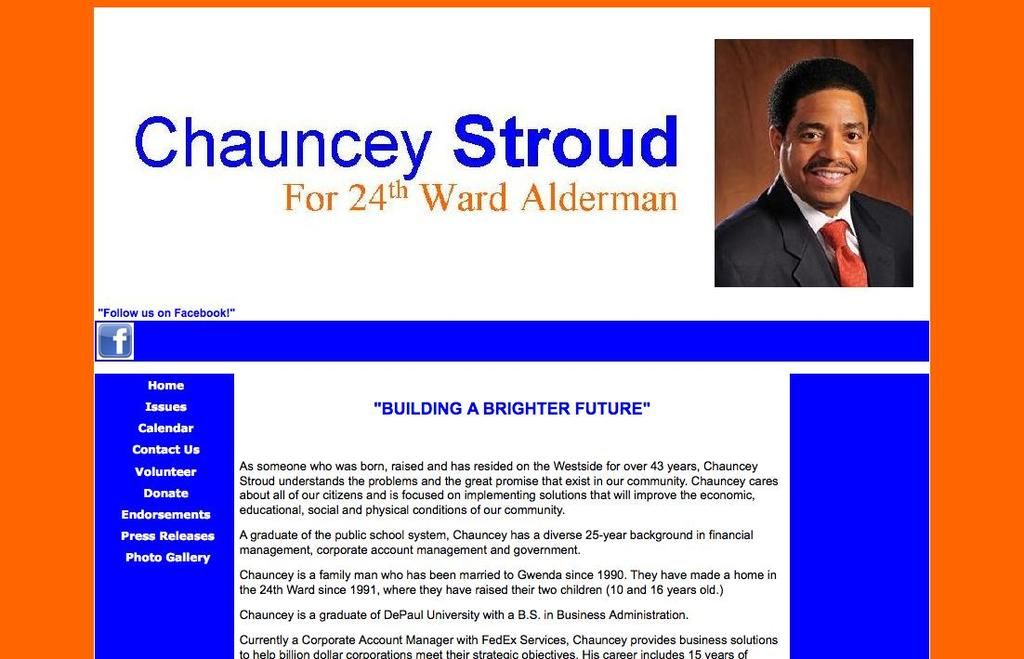Foreign Exchange Market: Explanation, Operations, Classification, and Associated Risks
The forex market is a sprawling global platform where currencies are bought, sold, and exchanged around the clock. This dynamic market caters to a diverse range of participants including banks, companies, central banks, investment firms, hedge funds, retail brokers, and everyday investors like you. The forex trade in the mid-2020s surpasses the daily currency value traded at the turn of the millennium by a factor of more than seven.
This colossal financial market operates without a central exchange and instead involves a global network of computers and brokers from all corners of the world. Here, forex brokers act as market-makers, posting bids and ask prices for currency pairs that might deviate from the most competitive bid in the market.
The forex market handles trillions of dollars in daily trading and offers a unique opportunity for individuals to enter the market with relatively small investments - often starting at just $100.
The forex market is a 24/7 market, opening from Sunday evening until Friday afternoon, spanning time zones across the globe. Unlike other markets like equities, bonds, and commodities which typically close in the late afternoon, some emerging market currencies might take a brief break during the trading day.
How the Forex Market Functions
The forex market doesn’t have a dominant exchange, but rather operates as a decentralized global network. Each transaction takes place directly between parties, with brokers simply facilitating the trade. A substantial portion of forex trading takes place through interbank channels, helping shape swings in exchange rates. Large banks engage in currency trading to hedge risk, adjust balance sheets, and on behalf of their clients.
The History of the Forex Market
Prior to World War I, currencies were pegged to precious metals like gold and silver. When this system collapsed during the Great Depression and World War II, it was replaced by the Bretton Woods Agreement which set up two crucial international organizations - the International Monetary Fund (IMF) and the International Bank for Reconstruction and Development, commonly known as the World Bank.
Under the Bretton Woods currency system, gold was replaced as a peg with the U.S. dollar. The U.S. government pledged to back its dollar with equivalent gold reserves, a commitment that lasted until 1971 when President Richard Nixon suspended the dollar’s convertibility into gold. After this, the forex market underwent numerous changes, shaped by technological advancements, regulatory developments, and economic events. Currencies today have free-floating exchange rates determined by supply and demand in international markets, and the U.S. remains the world’s dominant reserve currency.
Currency Pairs in the Forex Market
Currencies are always traded in pairs in the forex market. A currency pair consists of two currencies, with one serving as the base currency and the other as the quote currency. The exchange rate between the two currencies indicates the value of the quote currency needed to buy one unit of the base currency.
Developments in the Forex Market
The introduction of electronic trading platforms in the 1990s revolutionized the forex market, making it more accessible, efficient, and liquid. Key regulatory milestones, such as the creation of the European Monetary Union and the euro launch in 1999, reshaped the currency landscape. Economic crises like the 2008 global financial crisis, the 2010 European debt crisis, and the pandemic in early 2020s caused increased volatility and shifts in the market.
The most popular currency pairs are known as "majors" and include EUR/USD, USD/JPY, GBP/USD, and USD/CAD. Emerging market currencies such as the Chinese yuan (CNY) and the Indian rupee (INR) have garnered more attention as their economies have grown, although they have yet to break into the list of most-traded currencies.
The rise of cryptocurrencies has also shaking up the forex market, with some investors viewing them as alternatives to traditional fiat currencies. Cryptocurrencies, however, account for a minuscule fraction of the daily currency flows in the forex market.
Types of Forex Markets
There are three primary types of forex markets: spot, forward, and futures. The spot market involves the immediate exchange of currency between buyers and sellers at the current exchange rate. Forward markets involve agreements between parties to trade a currency for a set price and quantity at a future date. Futures markets use centralized exchanges that guarantee transactions against counterparty risk.
The Advantages and Disadvantages of Forex Trading
For traders, the forex market offers the flexibility of 24/7 trading and low transaction costs, but it also carries high volatility and the risks associated with leverage. Leverage can amplify gains, but it can also lead to substantial losses for inexperienced traders.
Traders should exercise caution and develop strong risk management strategies to minimize potential losses. Reputable brokers, following strict regulations, provide a safer trading environment for traders.
- The forex market, a decentralized global network, operates around the clock, catering to various participants, including retail investors and large banks for hedging risks.
- Unlike traditional markets like equities and commodities, the forex market does not have a dominant exchange, with each transaction taking place directly between parties.
- Since currencies are traded in pairs, the exchange rate between two currencies shows the amount of the quote currency required to buy one unit of the base currency.
- Over the years, the forex market has undergone numerous changes, influenced by technological advancements, regulatory developments, and economic events.
- The 1990s saw the introduction of electronic trading platforms, making the forex market more efficient, liquid, and accessible.
- Developments like the creation of the European Monetary Union and the launch of the euro, along with economic crises, have reshaped the currency landscape and increased the market's volatility.
- The rise of cryptocurrencies has led some investors to consider them as alternatives to traditional fiat currencies, although their influence on the forex market is minimal at present.
- Forex traders can benefit from the market's 24/7 availability and low transaction costs, but they should exercise caution and manage risks appropriately due to the high volatility and potential associated with leverage.






